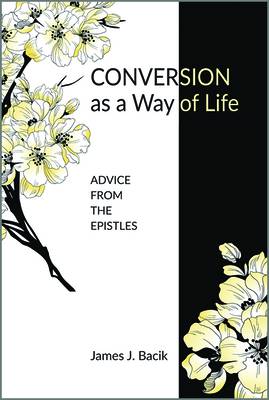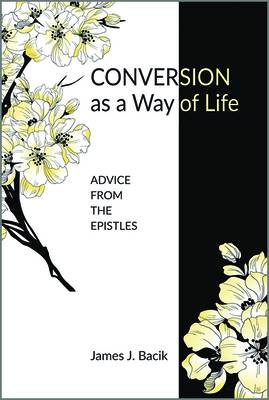
- Afhalen na 1 uur in een winkel met voorraad
- Gratis thuislevering in België vanaf € 30
- Ruim aanbod met 7 miljoen producten
- Afhalen na 1 uur in een winkel met voorraad
- Gratis thuislevering in België vanaf € 30
- Ruim aanbod met 7 miljoen producten
Zoeken
€ 37,45
+ 74 punten
Omschrijving
Some Catholics are leery of the word conversion because they associate it with the sudden, total, once-and-for-all turning from a sinful life to acceptance of Christ, commonly described by evangelical Christians. But conversion is a process of expanding our horizons and making progress in the various dimensions of our lives: intellectual, moral, and religious. Conversions involve achieving higher standpoints (think of climbing a mountain) that reveal broader horizons, which in turn open new sources of knowledge and opportunities for love. The book includes practical advice for spiritual growth derived from passages from the New Testament letters and epistles that are familiar to Christians who follow the common lectionary at regular Sunday worship. The New Testament contains twenty-one letters or epistles. Of these, thirteen identify the Apostle Paul as their author. That attribution is generally accepted by scholars as accurate for Romans, 1 and 2 Corinthians, Galatians, Philippians, 1 Thessalonians, and Philemon. These authentic letters follow a general format: a greeting identifying the sender and the recipient; a prayer of thanksgiving; the body of the letter that includes Christian teaching and applications to moral behavior; a discussion of practical matters and a farewell. This essential connection between what we believe and how we act is especially important for our effort to glean practical advice from the epistles. +
Specificaties
Betrokkenen
- Auteur(s):
- Uitgeverij:
Inhoud
- Aantal bladzijden:
- 256
- Taal:
- Engels
Eigenschappen
- Productcode (EAN):
- 9780809155361
- Verschijningsdatum:
- 1/06/2021
- Uitvoering:
- Paperback
- Formaat:
- Trade paperback (VS)
- Afmetingen:
- 137 mm x 201 mm
- Gewicht:
- 226 g

Alleen bij Standaard Boekhandel
+ 74 punten op je klantenkaart van Standaard Boekhandel
Beoordelingen
We publiceren alleen reviews die voldoen aan de voorwaarden voor reviews. Bekijk onze voorwaarden voor reviews.











